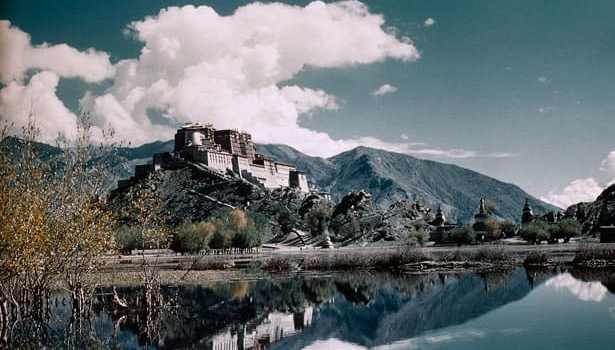It will only take [est_time] to read this post!
If you’re planning a trip to China, you might not be sure where to visit. Since China is the 4th largest country in the world there’s plenty of places for you to choose from, whether you’re into history and sightseeing or just want to relax!
1. 兵马俑 (bīngmǎyǒng) Terracotta Army
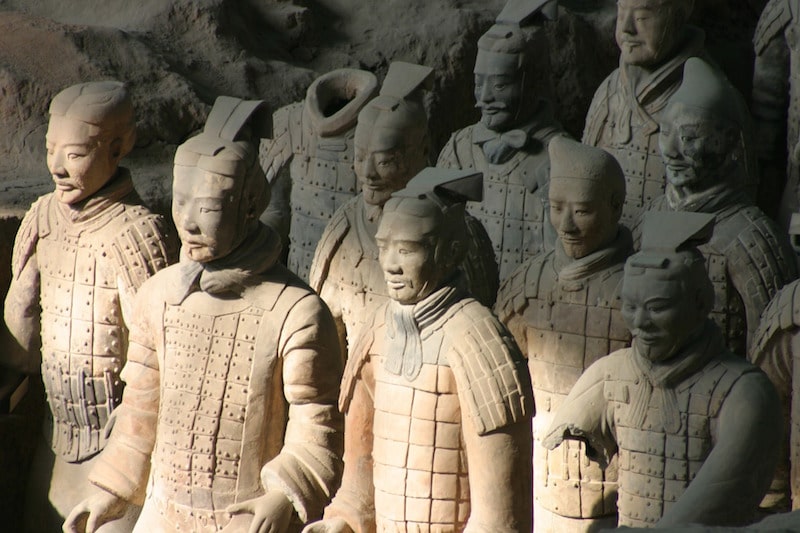
The Terracotta Army can be found in Xi’an 西安 (xī ān) and was only discovered 40 years ago by a group of farmers digging a water well. There are three burial pits within the Qin Shi Huang tomb to experience that are estimated to hold around 8000 soldiers, 130 chariots with 520 horses all made from terracotta. The Terracotta Army site is awe-inspiring, not only due to its scale but because it is said that each warrior is based on a soldier that once existed.
Whilst you’re in Xi’an, take a long walk along the 8 miles (12 km) of city walls that surround the city as well as visiting the Giang Wild Goose Pagoda and Drum and Bell Towers.
2. 三亚(sānyà) Sanya
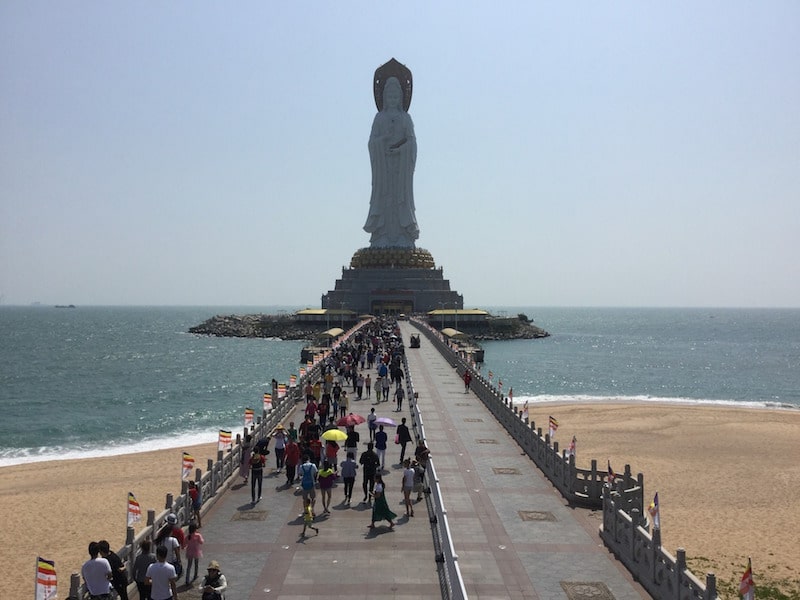
Sanya was once described to me as the ‘Chinese Hawaii’ and with its tropical climate, pristine sandy beaches, and numerous sights and activities to try out, it’s no surprise that Sanya has become a popular tourist destination. Sanya is situated in the south of Hainan 海南 (hǎi nán) province and is surrounded by many small islands, including Wuzhizhou Island 蜈支洲岛 (wú zhī zhōu dǎo). Not only can you surf, sail and sunbathe, but you can also dive down through the crystal clear sea to the coral reefs and swim with beautiful tropical fish.
3. 万里长城 (wànlǐchángchéng) The Great Wall of China
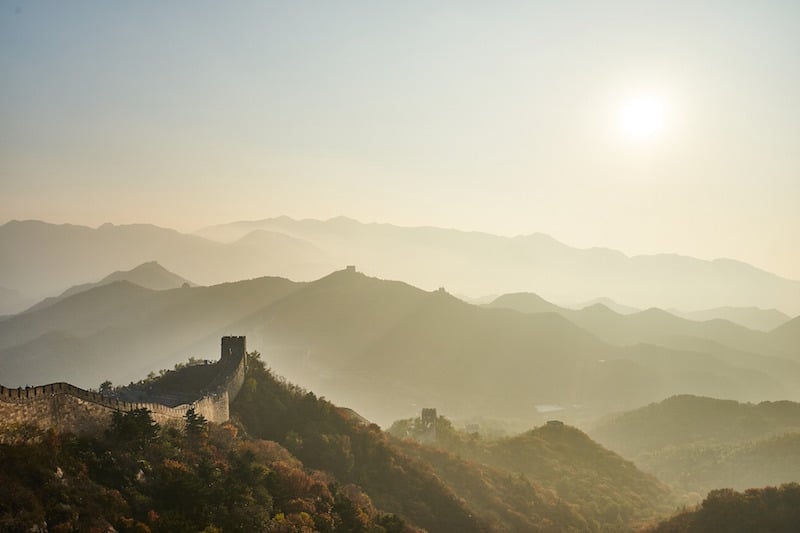
The Great Wall is a must-see for anyone interested in Chinese culture and history. Originally built to protect the Chinese Empire, the wall spans an amazing 21,196 km (13,171 mi). 万里 (wànlǐ) figuratively means ‘endless’, 长城 (chángchéng) meaning ‘long wall’. It’s not recommended that you try and walk to the whole wall, but there are many sections to visit, each boasting a unique feel and experience. Having visited the Wall myself, I would also suggest going to a less travelled section of the wall to avoid the crowds!
4. 杭州 (hángzhōu) Hangzhou

Hangzhou has often been referred to as the ‘Venice of China’ due to its Grand Canal 大运河 (dà yùn hé) also known as the Beijing-Hangzhou Grand Canal. Dating back to the 5th Century BC, the canals of Hangzhou provided an opportunity to sell speciality wares of Hangzhou including silk, tea and Chinese folding fans. Hangzhou is also well known for its peaceful West Lake 西湖 (xī hú) featuring beautiful pagodas, temples and gardens.
5. 敦煌石窟 (dūn huáng shí kū) Dunhuang Caves
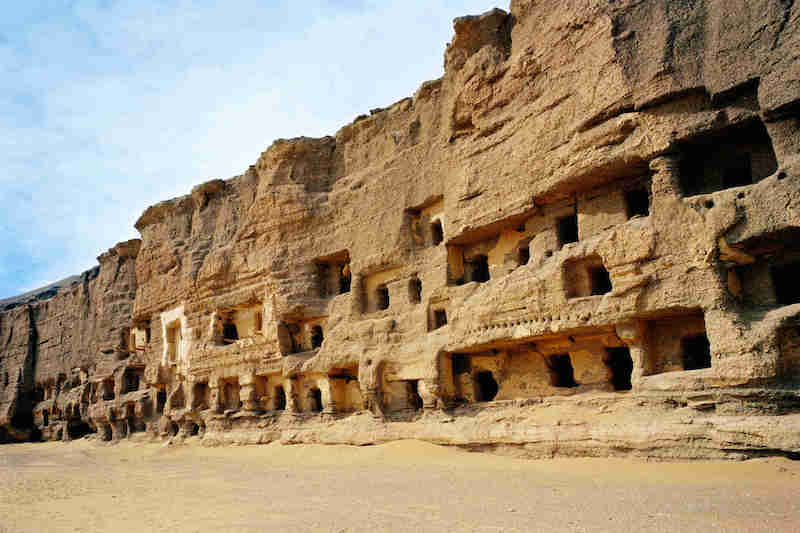
These caves should more specifically be referred to as the Mogao Caves 莫高石窟 (mògāoshíkū) and are one of the three most famous Buddhist sculptural sites in China. One of the most breathtaking things about the Mogao Caves is its desolate desert location and this is probably why these elaborate cave paintings served as images for meditation. Many of the paintings and sculptures depicted Buddhist beliefs and stories for those who were unable to read. The caves are not only a tourist attraction but still a place that many take a pilgrimage to every year.
6. 成都 (chéng dū) Chengdu
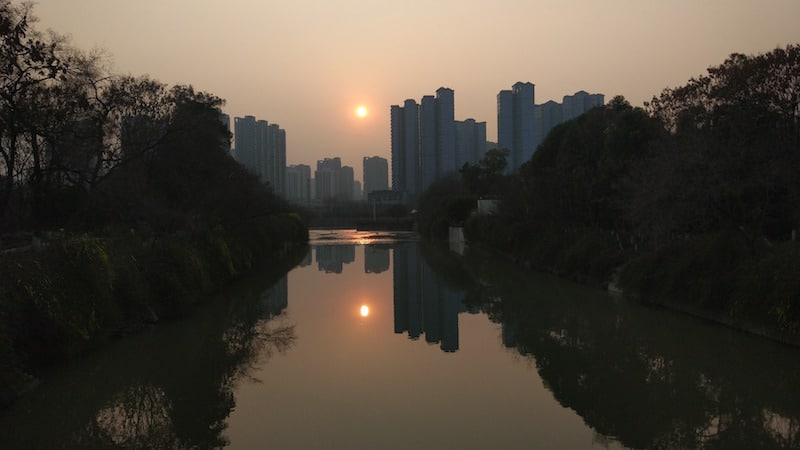
Chengdu is most famous for being home to the largest Giant Panda Breeding facility in the world. You can visit the Panda habitat, take a picture and if you’re prepared to get messy, you can even clean the panda cages.
You can learn more about Chengdu and places to visit in our podcast episode about the city.
7. 三峡大坝 (sān xiá dà bà) Three Gorges Dam

Three Gorges Dam is a hydroelectric dam that crosses the Yangtze River 长江 (cháng jiāng) in the province of Hubei 湖北 (hú běi). As the world’s largest power station, it is both impressive and controversial, and a must-see. Since the dam’s completion, the scenery surrounding has undertaken a transformation, and the White Emperor City or Baidi City 白帝城 (bái dì chéng) that was once hidden is now visible and accessible by footbridge or ferry. You can also take a river cruise to view the Three Gorges 三峡 (sān xiá) and witness the changing landscape of the Yangtze River.
8. 拉萨 (lāsà) Lhasa, Capital City of Tibet
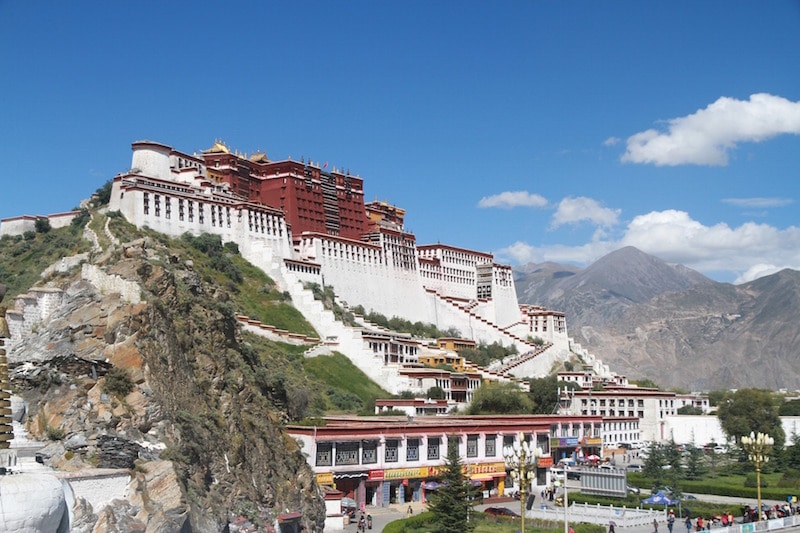
Meaning ‘Holy Land’ in Tibetan, Lhasa is the centre of spirituality, culture and history for the Tibetan religion. Lhasa is shrouded in mystery as it is not as easy to visit as other parts of China. However, if you are lucky enough to go, you can’t miss the giant Nietang Buddha, Potala Palace at Mt Potala 布达拉山 (bù dá lā shān) and Jokhang temple 大昭寺 (dà zhāo sì).
9. 桂林 (guì lín) Guilin

Guilin takes its name from the Sweet Osmanthus trees that grow abundantly in the area and has become China’s most popular holiday destination mainly due to its natural landscapes and history. There are many different ways to experience Guilin, and for the more adventurous of you, you can travel the Li River 漓江 (lí jiāng) by bamboo raft or hike along the banks of the Yulong River 遇龙河 (yùlonghé) to Moon Hill 月亮山 (yuè liangshān). Don’t forget to visit the spectacular Reed Flute Caves 芦笛岩 (lúdíyán), a natural limestone cave lit with an array of tiny coloured lights.
10. 厦门 (xià mén) Xiamen
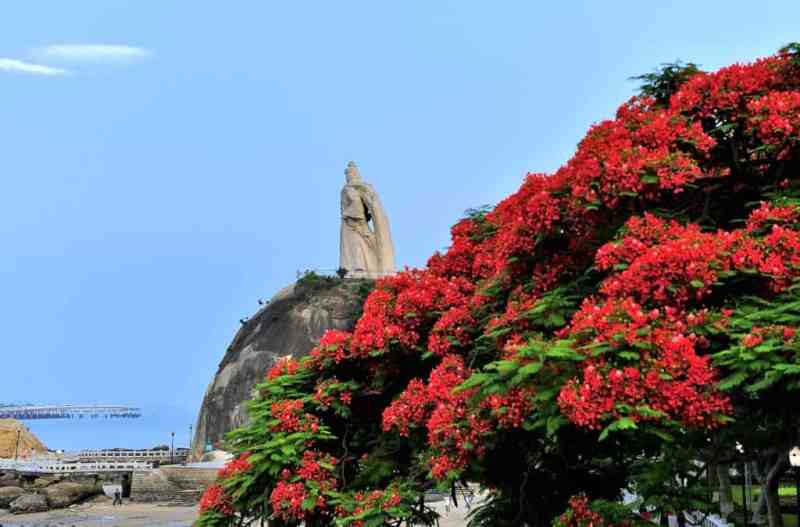
Xiamen is the tourist city located in Fujian 福建 (fú jiàn) province. Known as the ‘Gate of China’, Xiamen is still a major seaport and attracts many visitors to its seascapes, clean air and pleasant environment. One of the biggest attractions for tourists is the numerous locations to try different food and drink. Seafood is extremely popular due to its freshness and availability. Gulangyu Island or Piano Island 鼓浪屿 (gǔ làng yǔ) is a scenic island off the coast of Xiamen that provides a relaxing atmosphere away from the city. The botanical gardens are also a great opportunity to relax and enjoy some peace and tranquillity.
Have you visited any of these places? Share your experiences with us or tell us about other places we should visit in China!
